The Top Shelf: Case Files 006-010: "Tempus Fugeddaboudit"
By Mento 0 Comments
Welcome to The Top Shelf, a weekly feature wherein I sort through my extensive PS2 collection for the diamonds in the rough. My goal here is to narrow down a library of 185 games to a svelte 44: the number of spaces on my bookshelf set aside for my PS2 collection. That means a whole lot of vetting and a whole lot of science that needs to be done, five games at a time. Be sure to check out the Case File Repository for more details and a full list of games/links!
Case File 006: Artdink's BCV: Battle Construction Vehicles
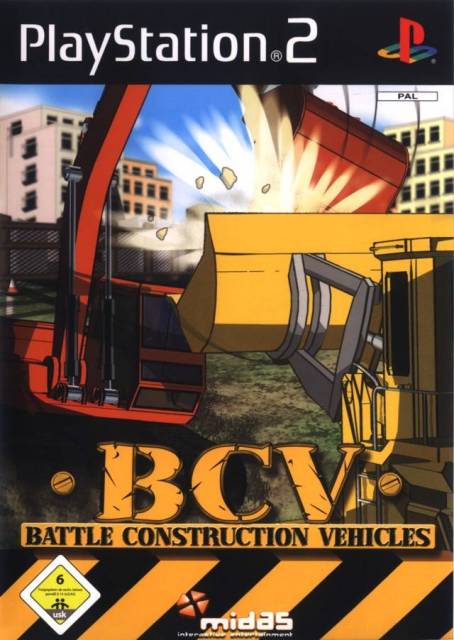
- Original Release (JP): 01/06/2000.
- PS2 Exclusive
I'll admit to buying this BCV: Battle Construction Vehicles on a lark after watching an LP of it. It is, essentially, a fighting game with construction vehicles. My intent was to at some point ship it to the Giant Bomb boys as part of a package of bizarre PAL games that never saw an American release (there's a few more of those coming down the wire, by the by). The game both is, and assuredly not, great. The presentation is incredible, as are the British dubbed voices in the European version - it has the kind of over the top dramatic anime exclamations that could only make a game about fighting diggers and bulldozers work. On the other hand, the actual combat is slow, awkward and a little arbitrary. What's weird is that it didn't come from some high-concept budget title assembly line like the Simple 2000 series: it was originally developed and published by Artdink, a respectable Japanese developer that created the A-Train series, The Atlas series and many other contemplative strategy/sim games. It's a showpiece of sorts, but not one I'm going to put on the shelf. Eliminated.
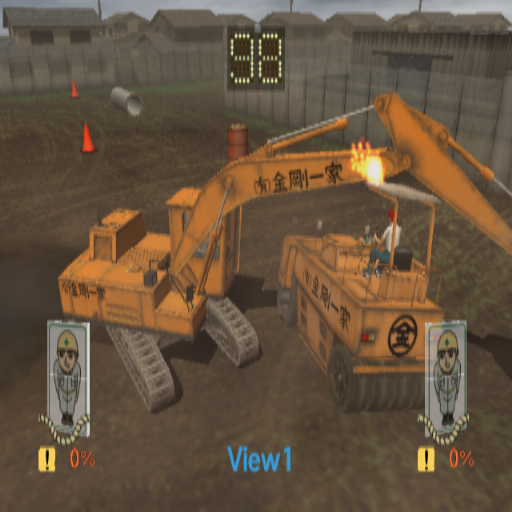
Case File 007: Koei's Dynasty Warriors 2
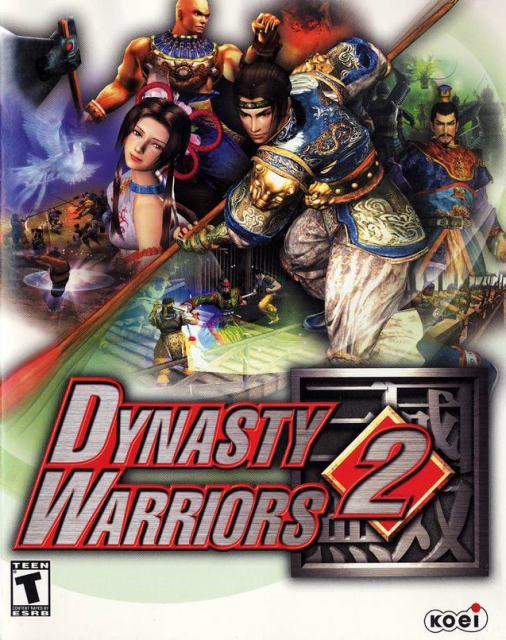
- Original Release (JP): 2000-08-03
- PS2 Exclusive
Don't let the numeral fool you: this was the first ever Musou game as we understand the term. The first Dynasty Warriors was a fighting game, and the Japanese naming of the series makes the distinction clearer: Sangokumusou for the fighter, Shinsangokumusou for the crowd-combat brawlers to follow. I can be forgiven for being curious about this series and picking up the first for cheap to check it out: it definitely wasn't the type of game you'd see regularly, as the tech to display that many opponents on-screen didn't exist before the PS2 era. Yet, as you might imagine, a combination of the game's repetitiveness and the history-dense Three Kingdoms subject matter meant apathy set in quick. It's odd to think that someone who isn't a collector might own a game for its historical value only: it's not like these are antiques to be displayed with reverence, especially not where Dynasty Warriors is concerned, but this was the progenitor of a particularly popular series among weirdos and significant in that respect at least. I'd rather not play it again, but I can't bring myself to get rid of it either. At any rate, it's certainly not shelf material. Eliminated.
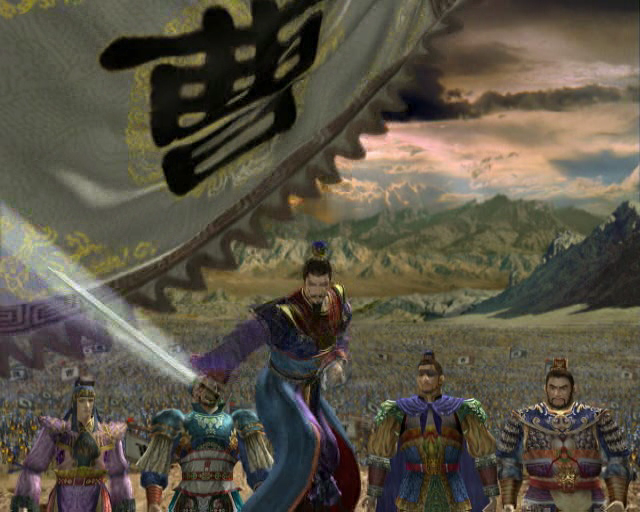
Case File 008: Konami's Ephemeral Fantasia
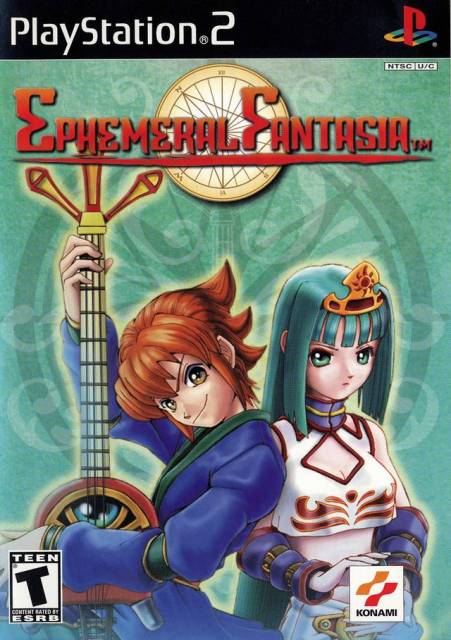
- Original Release (JP): 10/08/2000.
- PS2 Exclusive
Ephemeral Fantasia is novel for being a JRPG where time is of the essence. Not just in the sense that quests will eventually fail themselves if you leave them alone for too long, but that it presents a living world that operates on a strict schedule. If you weren't in the right place at the right time, you'd end up missing treasures or side-quests or important information. The game was built like Majora's Mask where you could simply rewind time and give it another shot, but it still didn't give you a whole lot of direction and I'd always worry I'd wasted that particular cycle not finding the critical piece of information to move on. It's fair to say I didn't give Ephemeral Fantasia a chance back in the day because there was something about how easy it was to miss anything that triggered anxiety every few moments. I don't like using guides, but what I hate more is getting several dozen hours into a game and realizing I'd missed something important and/or integral to 100% completion, even in this case I could theoretically go back and get it. I'd never have the time to save-scum it and try to be everywhere at once to learn the optimal route, but I did think that I would come back one day and use a walkthrough to get a guided tour of the game's content. It's not like games of this type are particularly common, even now (though saying that I do have two other PS2 games with a similar structure). It's another game I don't like but can't bear to part with: a common theme with this week's batch. Eliminated.
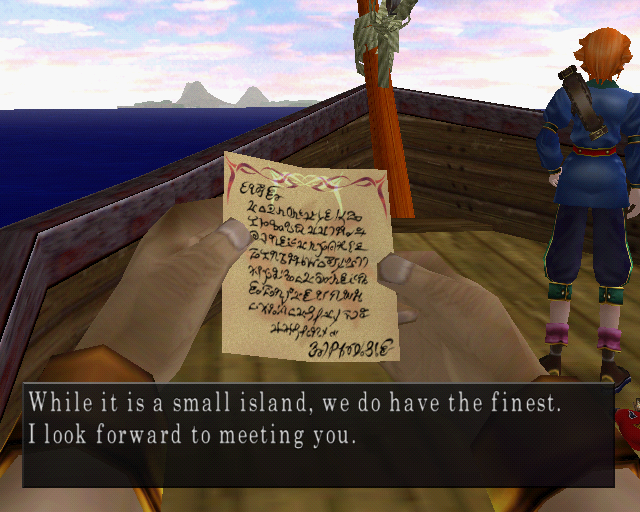
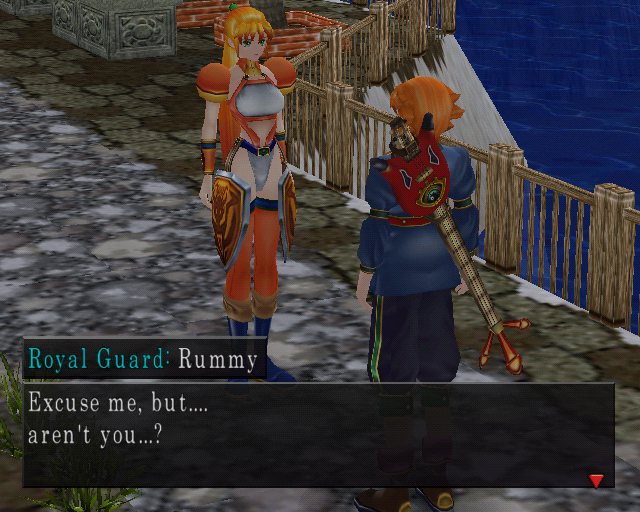
Case File 009: Volition's Summoner
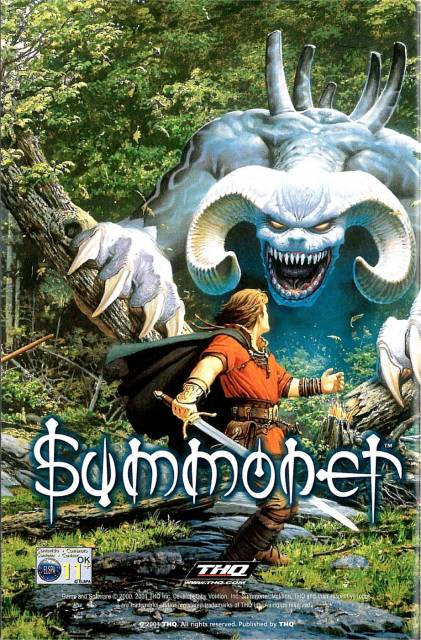
- Original Release (NA): 26/10/2000.
The 26th of October was the launch date for the North American PlayStation 2, and I have a couple of games that were created specifically for that launch (the other launch games I've covered so far, like Tekken Tag or Fantavision, saw Japanese releases prior to the North American PS2 debut). Summoner's the first, and it's a game I have to constantly remind myself was not from some obscure Japanese RPG developer but rather one of the earliest projects of Saints Row and Red Faction developer Volition Inc. The game does feel very Japanese in its construction though, with a plethora of unusual RPG systems and surface-level characterization that tends to be the product of that genre. It was also one of the first PS2 RPGs I remembered actually enjoying, once I'd figured it out, and managed to ride that wave of gratitude all the way to its conclusion, whereupon you get the post-credits lunacy of a blooper reel and a recreation of that Dead Alewives D&D skit (originally written by Dan Harmon, I recently learned) with the game's character models. Honestly, that should've tipped me off that it wasn't a Japanese game then and there. Summoner is, however, the only game I'm reviewing today that isn't a PS2 exclusive: it saw a PC port soon after this, and has recently been published on Steam and GOG after THQ Nordic bought the licensing rights from the THQ IP auction. You know what? There's still a lot of goodwill floating around this one, so Summoner's going to be my first "Considered" of this feature. Considered.
Case File 010: Free Radical's TimeSplitters
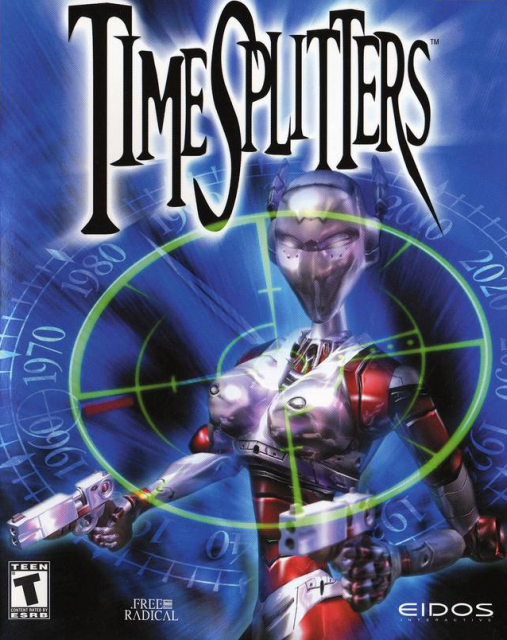
- Original Release (NA): 26/10/2000.
- PS2 Exclusive
This is the other North American launch game. You can track the early progress of the FPS genre on consoles pretty definitively if you go through SNES Doom, Jaguar's Alien vs. Predator, GoldenEye 007, Perfect Dark, TimeSplitters (and its sequel), and then Halo: Combat Evolved soon after that. After Halo and the Call of Duty games from that era, it become harder to ignore the fact that the consoles had their own legitimate FPS industry going on irrespective of the Quakes and Unreal Tournaments of their PC cousins. TimeSplitters was significant for being the first shooter, to my knowledge, to use the DualShock 2's analog sticks for aiming and movement respectively, or at least the first to normalize it (that is, it wasn't hidden away in menus somewhere as an alternative control scheme). It took a long time to adjust to it - I think double analog-stick control is still one of the big hurdles for gaming neophytes, and that the Wii performed as well as it did by mostly side-stepping that issue - but it's fair to say that particular control style has managed to endure. The game itself is kind of neat also: the story mode has players jumping into various time eras with different objectives to complete and the whole game had a pace to it that allowed players to glide through once they knew where everything was, and completing each stage's time trials would unlock new cheats and features in the same way as GoldenEye 007. While I liked TimeSplitters plenty, I liked TimeSplitters 2 a whole lot more. If anything from this series has a shot at being on the shelf, it'll be the sequel. Eliminated.
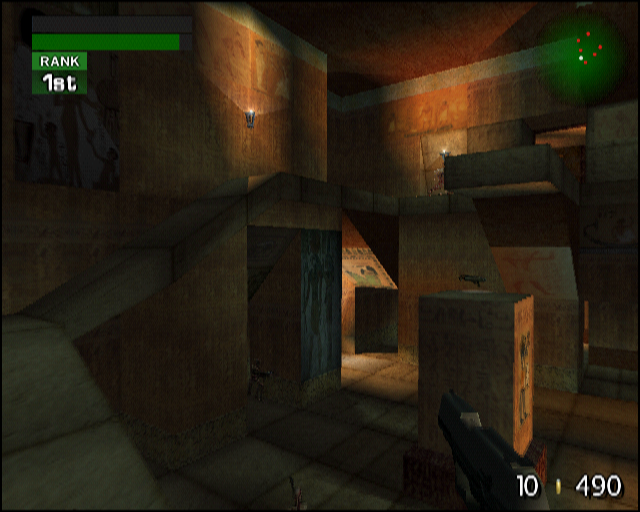
Results
Four more eliminations, and our first game to be considered for the second round: Volition's rough but endearing RPG Summoner. That makes us 1 for 10.
What I intend to do with the second round survivors is to play them all a little more thoroughly (though probably not to completion) so I can make a more informed judgement when it's time to narrow them down again. That won't happen for quite a while though, and we may just fill up the shelf with the instant-qualifying "Approved" games before we get there. Having lots of rules is always fun.
In our next edition of The Top Shelf: We're breaking this streak of launch game misery with at least one genuinely great game, and two backlog games I've been meaning to play for years. Expect to see the flow of Considereds and Approveds rise precipitously over the next few entries. (Wait, can you use "precipitously" for something going up?)
